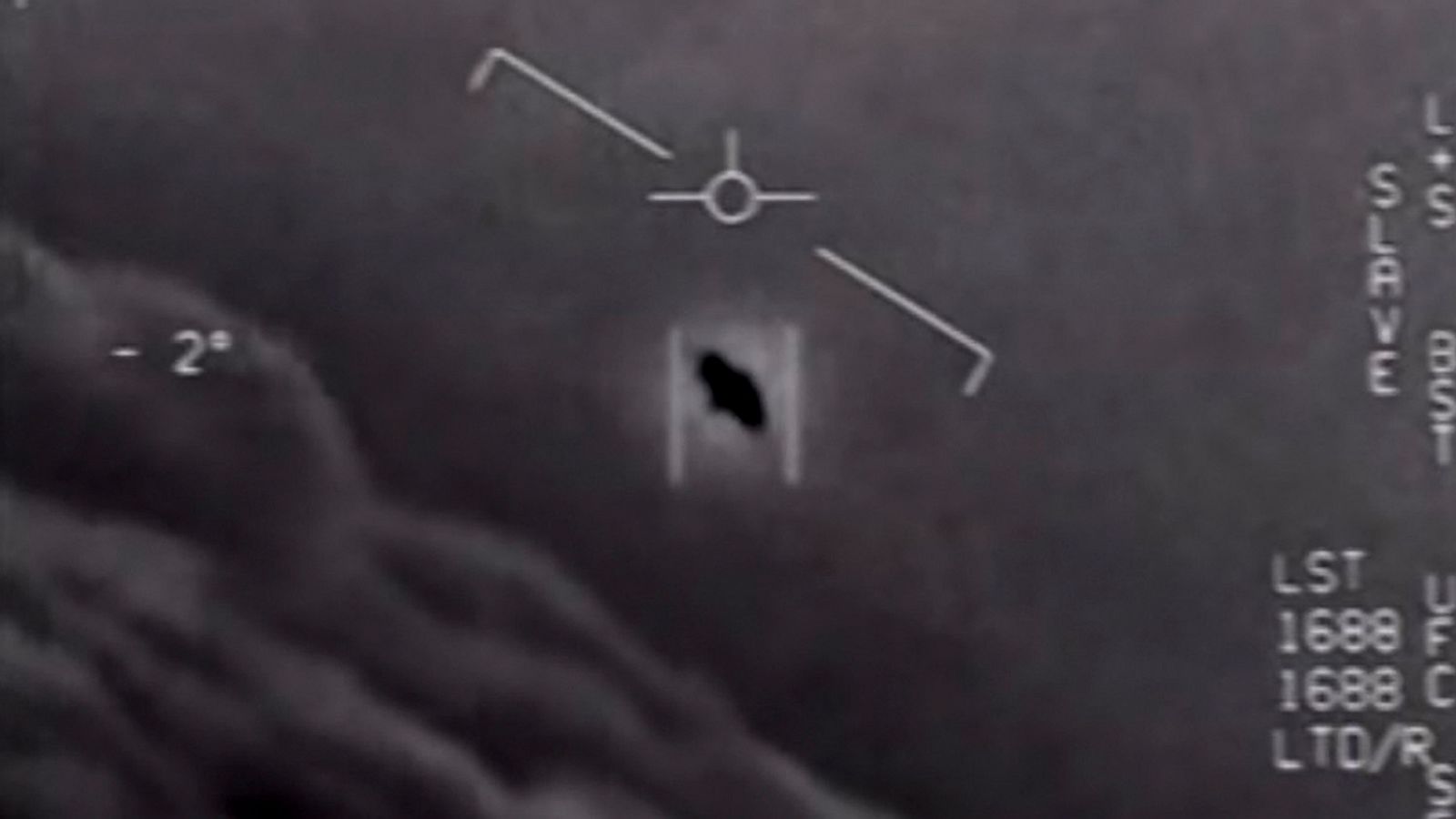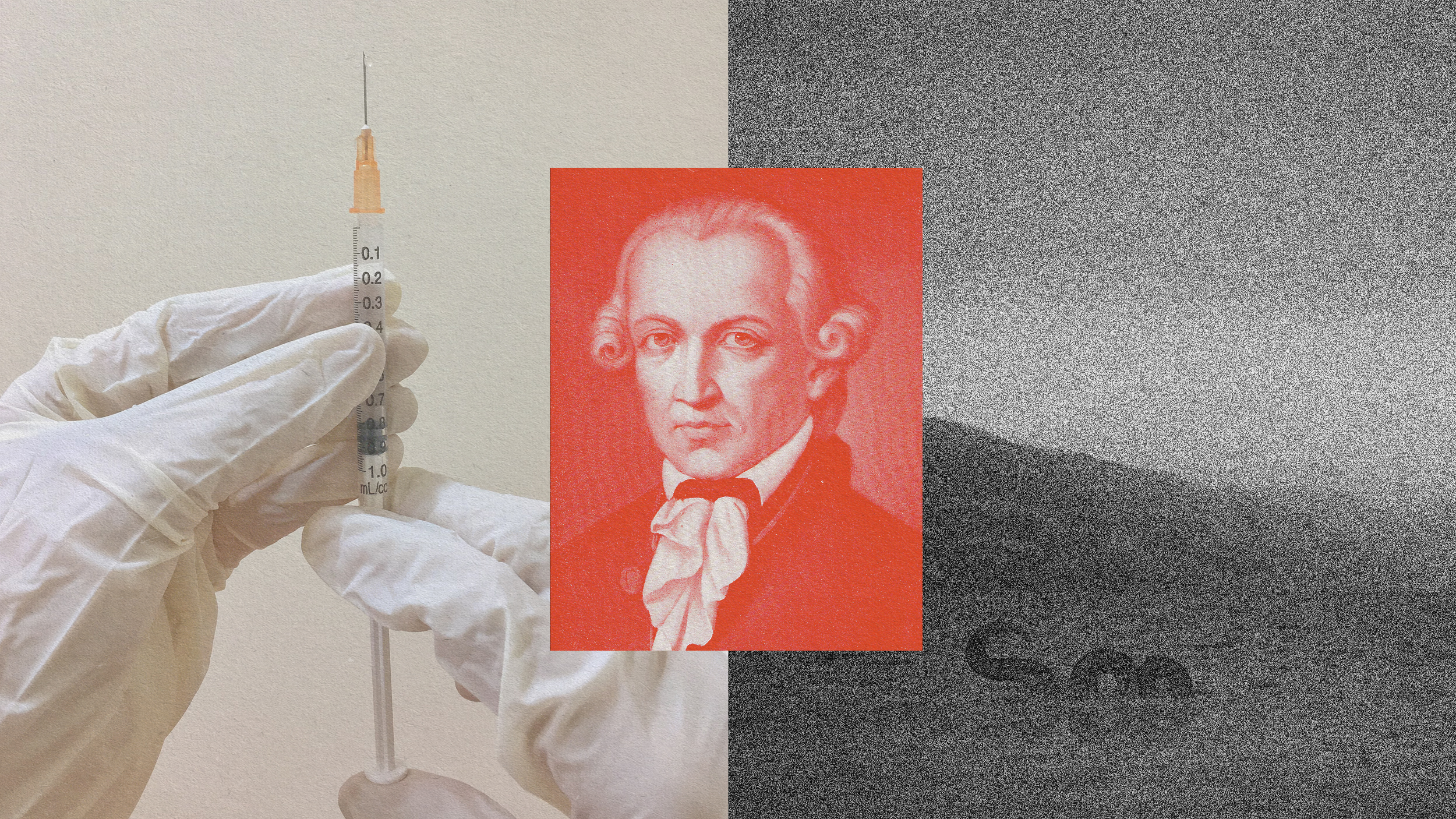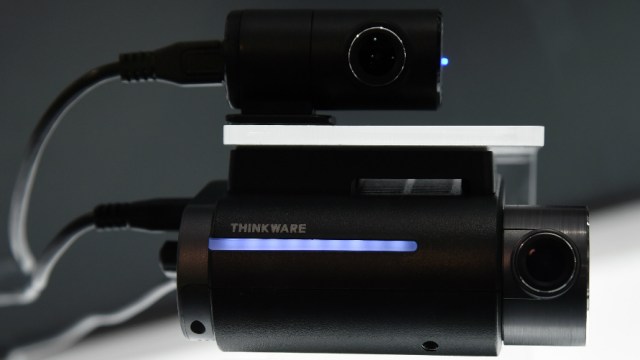Hong Kong Uses Left-Behind DNA to ID Litterbugs

Hong Kong took this past Earth Day quite seriously, creating composite photos from the DNA of litterbugs. Yup. To understand the project, you should understand how bad the littering has gotten in the city. Sixteen thousand tons of waste are dumped in Hong Kong every day. It piles up in the streets, even after officials put harsh penalties into action — the people of this city seem to care little for the effects their littering is causing.
So, as a part of global Earth Day, Hong Kong decided to get personal in their efforts to clean up the city. The campaign, entitled ‘The Face of Litter,’ started with picking up everything from discarded cigarette butts to coffee cups. Then they turned to science to help them analyze the DNA left over on these bits of waste left behind.
The scientists used forensic DNA phenotyping, which is used to get a rough prediction of what a person might look like. Finally, being able to put a face to these usually anonymous crimes they posted some of the portraits from the DNA collected across the city, garnering much attention.
However, one wonders if anyone may have seen themselves in one of the digital reconstructions. DNA does have its limitations after all, as it can’t tell researchers what the perpetrator’s age, skin condition, or weight is. Though, Emily Matchar from the Smithsonianreports that they used the type of litter and demographics of the area to estimate age.
Rafael Guida, who helped guide the Hong Kong campaign, said:
“While this method may not identify specific individuals, it will be enough to make people think twice about littering. The campaign combines a public service message with science and technology, enabling us to communicate with Hongkongers in a very different way.”
However, this kind of campaign carries with it some privacy concerns for such a minor offense. Maybe the hot ticket is to figure out what’s motivating such careless behavior. Similar studies have been done in the past with dog owners not picking up after their pooches.
Read more at the Smithsonian.
Photo Credit: Getty Images





